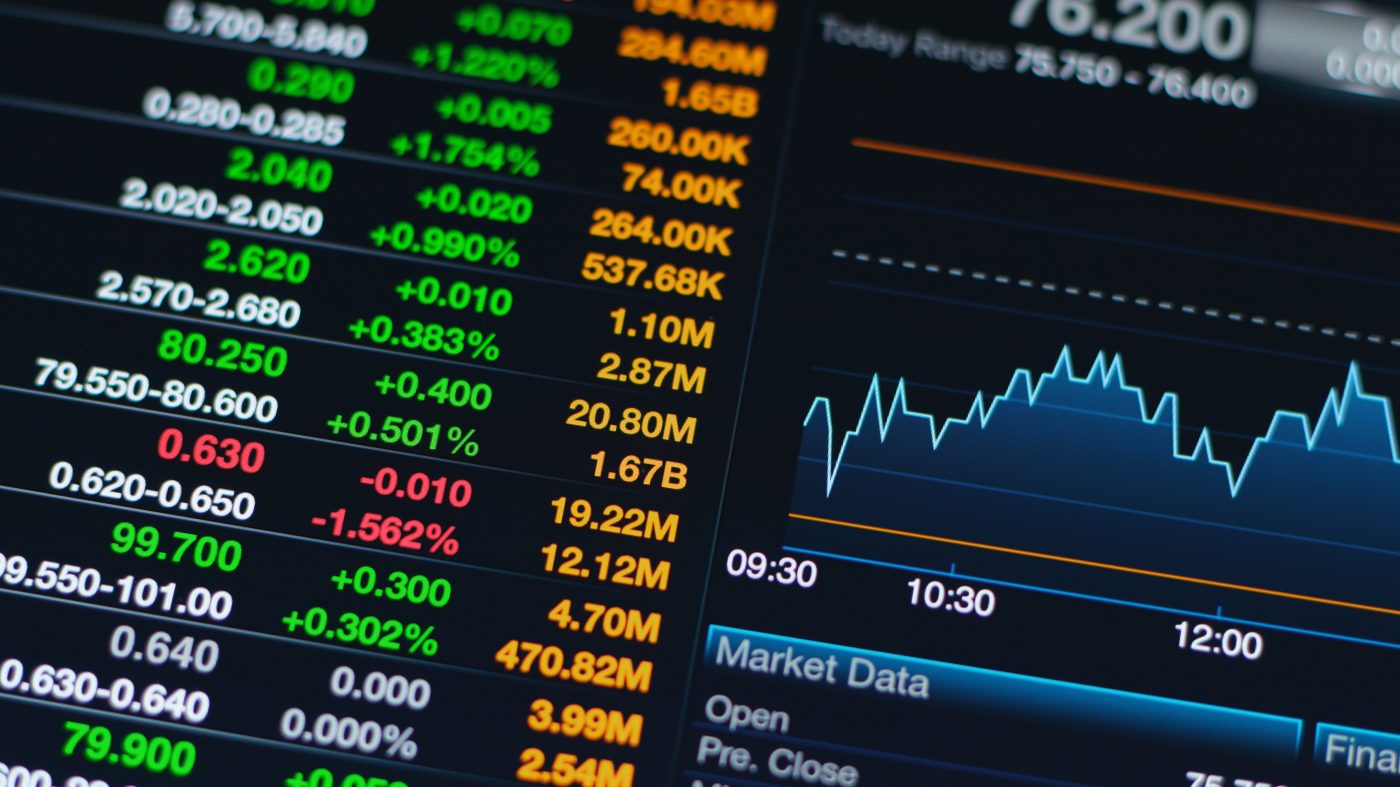
Direct Indexing has been available in the U.S. for decades, and its popularity continues to increase as a result of the low costs, portfolio personalisation, tax optimisation and direct exposure the investment structure offers clients.
Direct indexing lets you personalise passive investments. Instead of sifting through the thousands of ETF options available, you can build what you’re looking for from the ground up. With costs comparable to ETFs, we’re calling this the second generation of ETFs, or ETFs 2.0.
Below is an excerpt from The Australian discussing the innovative investment method and some of its costs and benefits:
Exchange-traded funds have been a great way for investors who want a passive investment exposure to a particular basket of stocks, but a new generation of ETFs are on the way. Dubbed ETF 2.0, they claim to build upon the strengths that have made ETFs a runaway success and improve on their main limitations.
Today you can find an ETF for almost anything. From something as simple as replicating the ASX All Ordinaries index all the way to a niche ETF that owns a global portfolio of clean energy stocks, there are more than 200 ETFs available on the ASX.
But useful as they are, they are not perfect. Although low-cost and diverse in their coverage, one of the main drawbacks of ETFs is that you cannot customise your basket of stocks. In other words, you cannot pick and choose what stocks you want in a particular ETF, you have to accept the whole basket.
To highlight the issue, if you wanted to buy an Australian resources ETF to gain a diversified exposure to the likes of Rio Tinto, Fortescue Metals and Woodside Petroleum, there are three ETF providers that each have their own resource ETF – BetaShares, VanEck and SSGA. However, say you already own a large amount of BHP personally and want to buy everything but BHP, the current ETF framework does not allow you to do that.
Another consideration with ETFs that most people do not realise is that the ETF investor does not directly own the underlying shares. ETFs use a unit trust structure controlled with the ETF provider as the trustee. ASIC’s MoneySmart website says: “When you invest in an ETF, you don’t own the underlying investments. You own units in the ETF and the ETF provider owns the shares or assets.”
Taking into account the lack of customisation and indirect ownership issues of ETFs, improvement is now on the way with what is being coined as “direct indexing”.
Damien Klassen, Chief Investment Officer at Nucleus Wealth, says: “Direct indexing is the next generation of exchange-traded funds – ETFs 2.0. Direct indexing involves the investor owning the individual shares that make up an index in a separately managed account.
“Because the investor directly owns each of the shares in their own account, they can customise their superannuation or investments.”
…at its best this new hybrid model can be the best of both worlds; the cost benefits of ETFs but also the customisation and control of an SMA.
Klassen says: “Where an index mutual fund, an index ETF or traditional superannuation fund merely tracks the index, direct investing allows investors to control their investment decisions. Investors can modify their portfolios by creating ‘tilts’, which is the ability to remove or add certain holdings or sectors according to personal preferences.”
…As one of the first cabs off the rank, Nucleus Wealth offers three different direct indexing portfolios for clients to choose from. An Australian shares basket that holds the largest 25 companies on the ASX, an international shares basket that holds the largest 40 companies on global sharemarkets, and a bond basket with 12 Australian government bonds.
…Direct indexing is not available via the ASX. Instead, the investor needs to set up an account via the investment platform Praemium to access the three direct indexing portfolios.
But on balance, the ability to pick and choose investments in a relatively low-cost portfolio will be attractive to many investors.
…it is definitely an area to watch as more innovation and enhancements occur.
This article was originally published on April 16 2022 in The Australian by James Gerrard.
To help you personalise your index you can choose from 50 ready-made screens, 30 ready-made tilts, and the ability to create your own bespoke screens and tilts. For examples shares in undemocratic countries can be excluded, as well as individual sectors like fossil fuels, alcohol, gambling and Australian banks. And your investment can be tilted (read: increase its exposure) towards thematics like cybersecurity, clean energy and defensives.
Investment fees start at 0.4% and go as low as 0.12% depending on investment amount and model. Brokerage is an additional 0.1% of trade value. To find out more:
